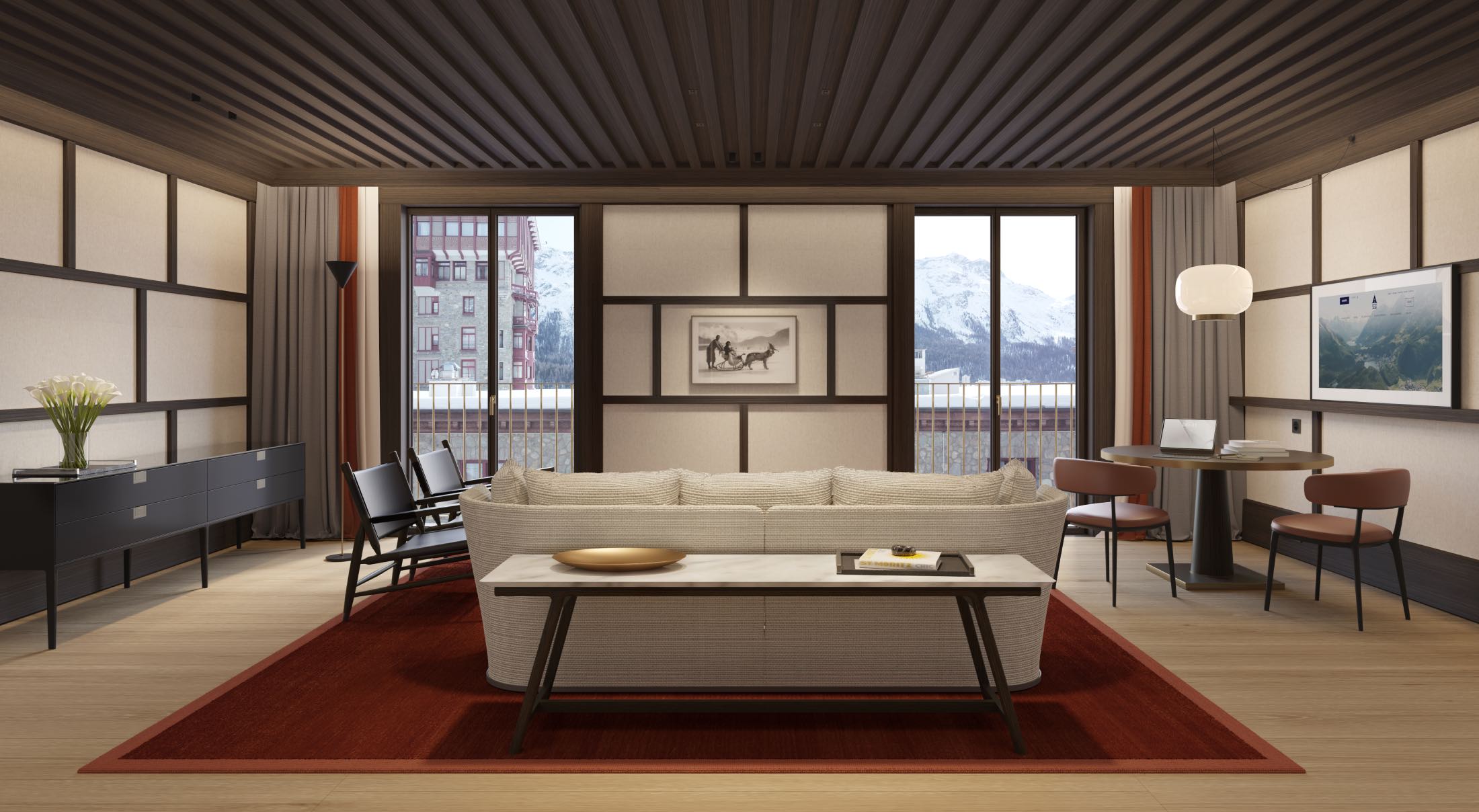We speak to the architects and designers behind the world’s most immaculate hotels and uncover the magic behind their aesthetic allure
Try this the next time you’re out at lunch. Pick a table that’s close to a group of friends, then simply sit and listen. Before long, someone is bound to bring up the topic of travel, regaling in the next exotic destination or the latest must-visit hotel. What is it about the promise of overseas rejuvenation that makes its way into our everyday conversations? Is it the promise of escape? The allure of adventure?
The answer isn’t straightforward, but we’re certain that much of it has to do with the spaces we inhabit abroad. Besides the allure of far-flung destinations, it’s the remarkable hotels and resorts that define the experience. After all, isn’t the hotel lobby the place where we, upon arrival, take in the start of our vacation and, on our final day, bid adieu?
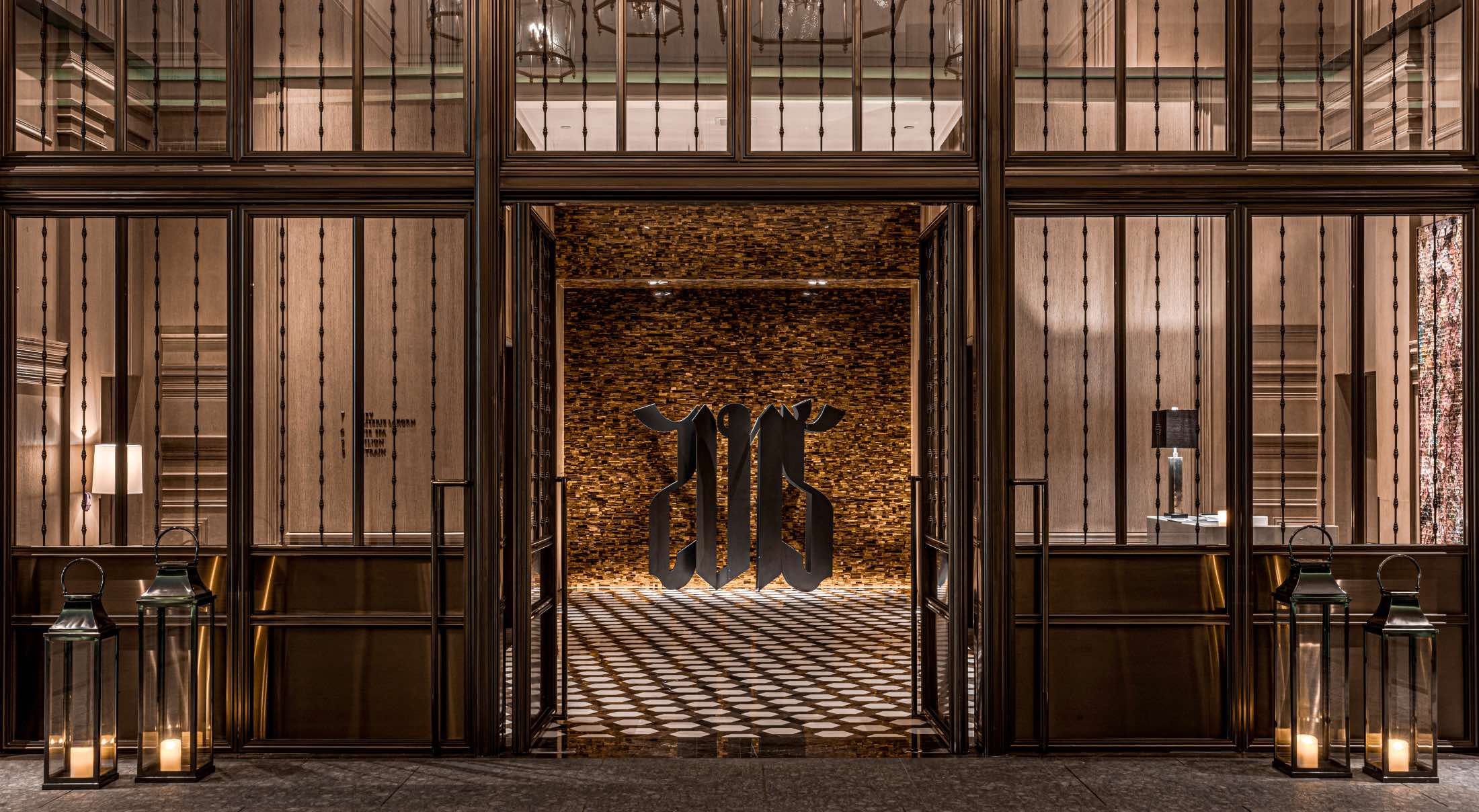
From the serene flow of a well-appointed suite to the way natural light seems to greet you at just the right moment, the most memorable stays are those designed with intent. Although they seem effortless, every element of these spectacular properties has been carefully considered by visionary architects and designers who work tirelessly to create environments that resonate on a deeper level.
A Sense of Place
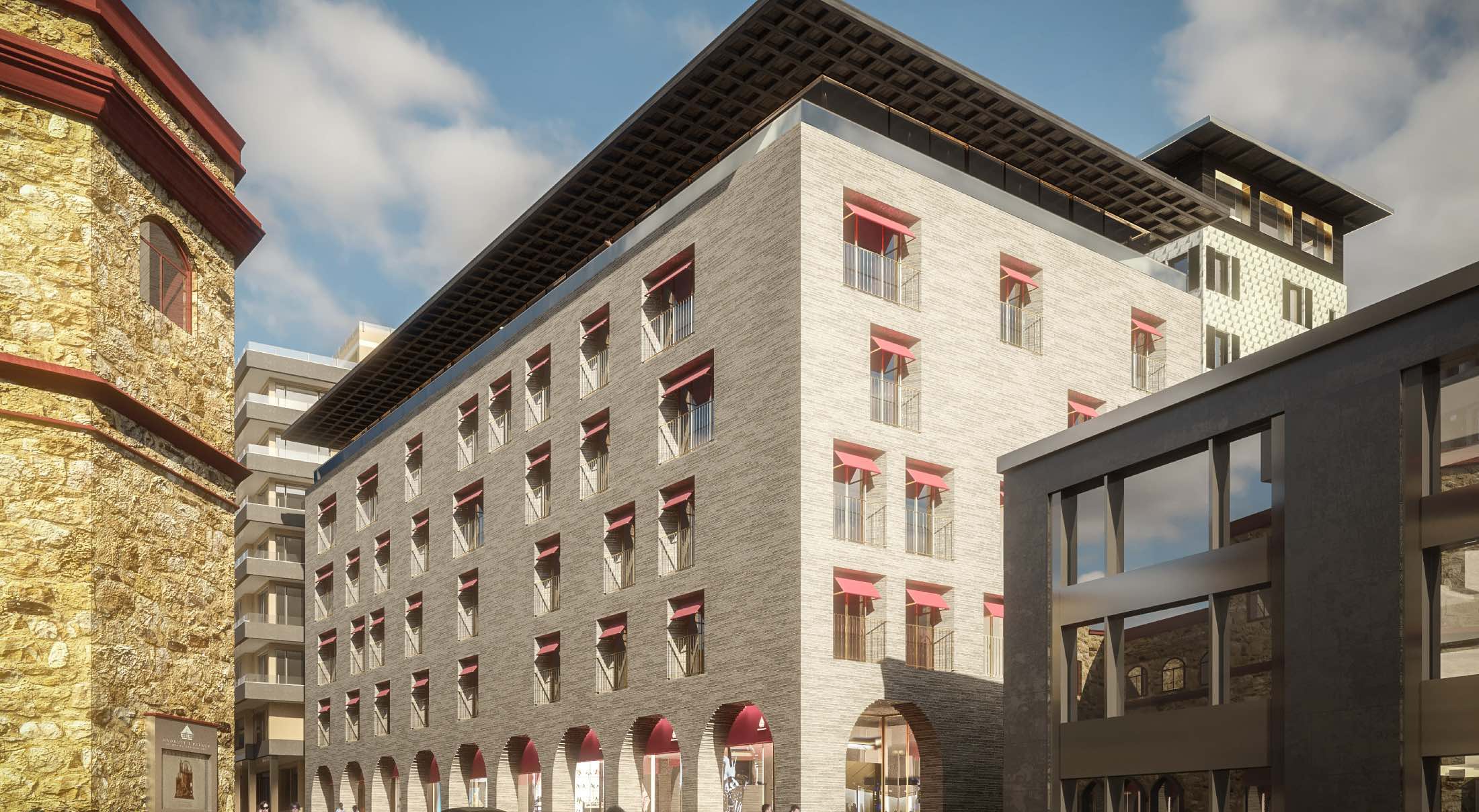
An artful abode is more than just an aesthetically pleasing space—it is an experience. It envelops you with intimacy and wonder from the moment you step in; inviting you to feel a connection between the architecture and its surroundings. You pay top dollar to indulge in the charm and culture of your chosen destination, so it’s only natural to expect your chosen hotel or resort to deliver that and more. The best architects understand this.
“We direct our attention to the quality of the environment and the history of the place. We do so by conceiving an architectural language and expressions that are in tune with the life of the location, and with how people prefer to live in their shared and private spaces,” says Milan-born French architect Patricia Viel, CEO and partner of Antonio Citterio Patricia Viel (ACPV) Architects.
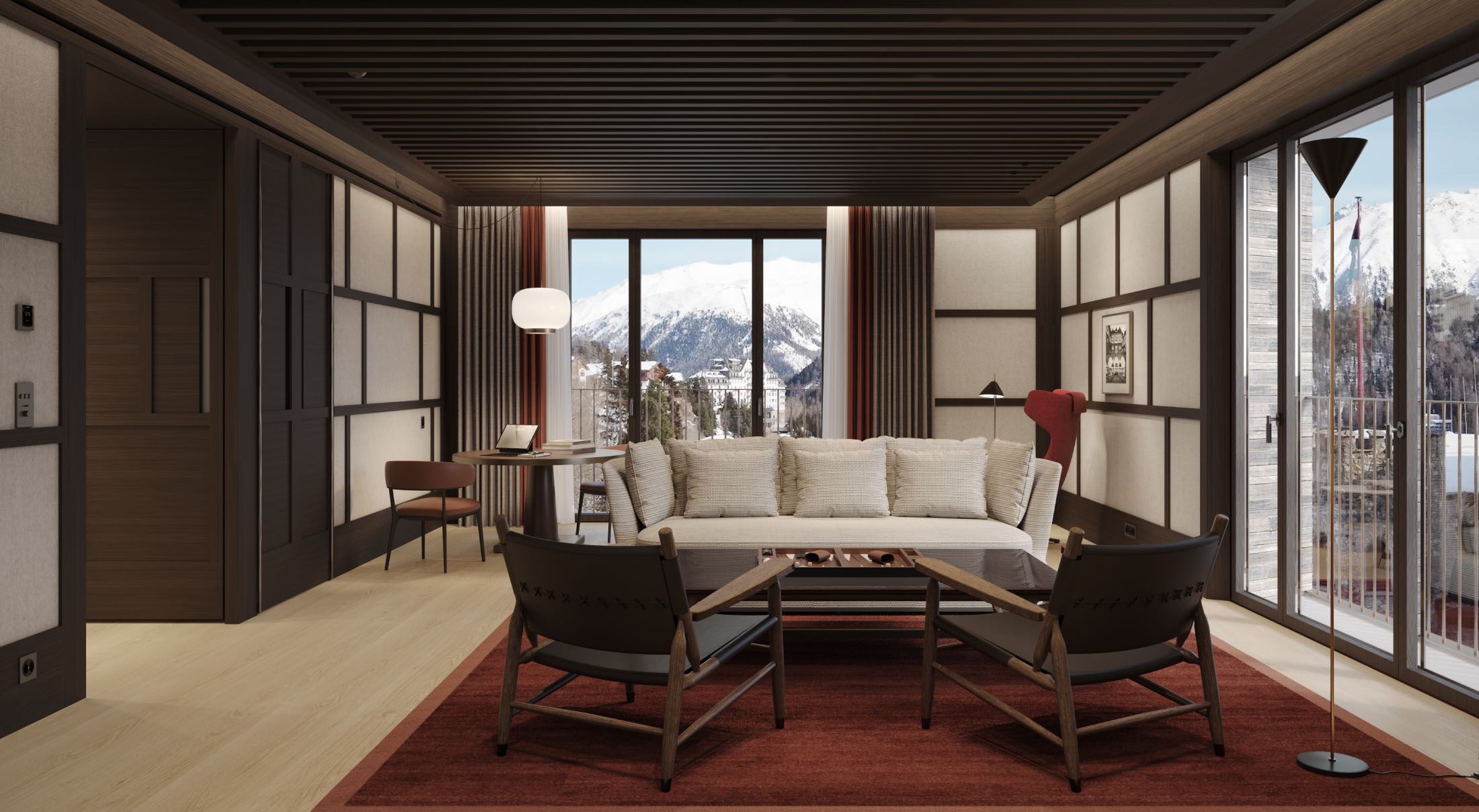
Take Citterio and Viel’s work on the Serlas Wing of Badrutt’s Palace Hotel in St Moritz. Due to open in January 2025, the wing celebrates the Swiss town’s local architecture and surroundings. This is evinced by its use of stone and deep-carved windows that resemble traditional alpine architecture, which not only provide insulation from the cold, but elegantly frame the Alps as one does a masterful painting.
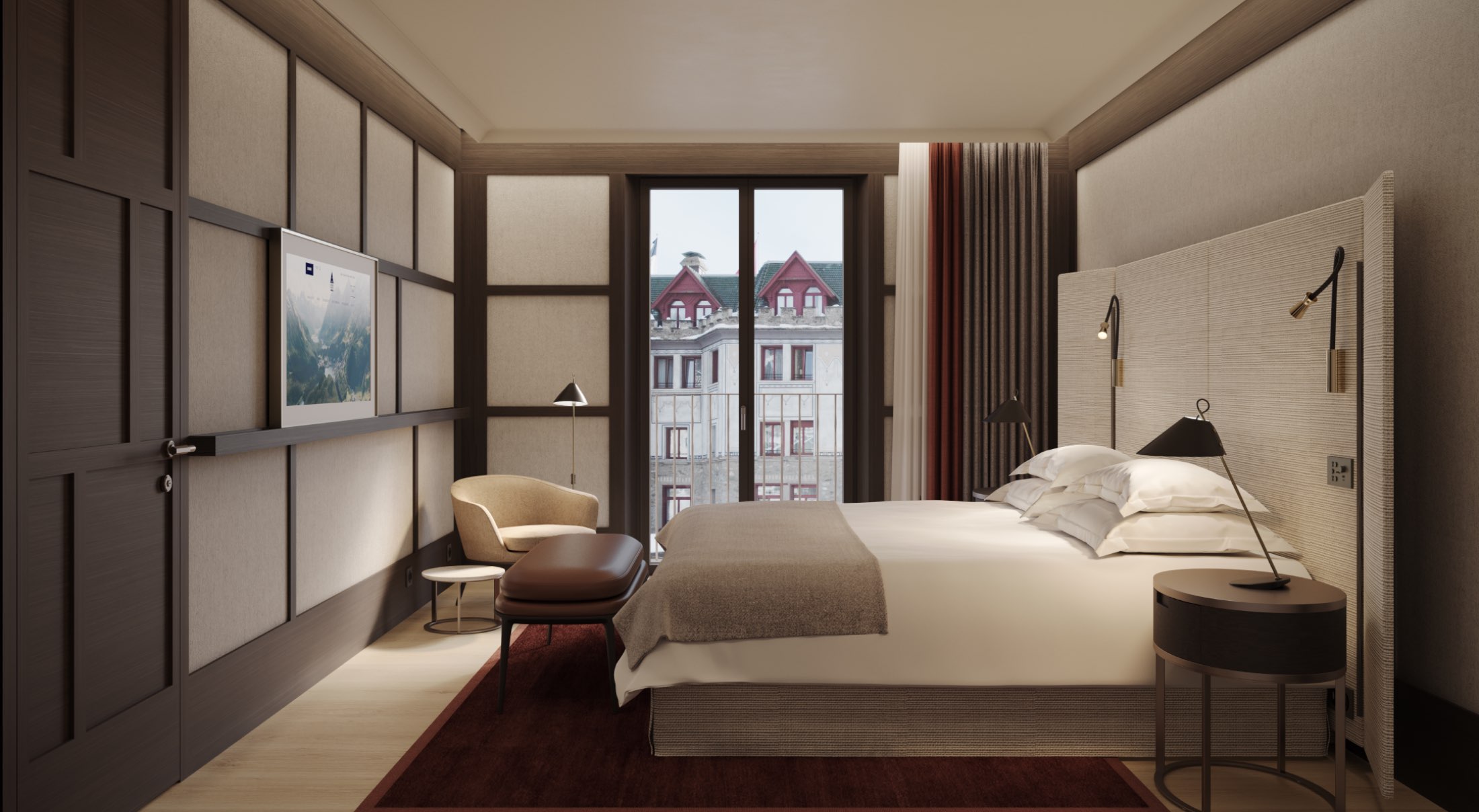
The firm also use high-quality materials, such as alpine stone, bronze and wood, sourced from the hotel’s surrounding areas to provide a tactile and tangible sense of location. “The materials must express the authenticity of the space,” says Viel. “Where your materials come from, whether it’s stone for a facade or marble for the bathroom, carries a lot of symbolic meaning for the identity of a project—beyond, of course, visual impressions.”
Evocative Power
A sense of place, however, is just the beginning. A well-designed property takes things to the next level by evoking emotion. Exquisitely crafted hotels and resorts evoke a seamless sense of peace and serenity, though behind the scenes, meticulous planning and creative vision bring this effortless ambience to life.
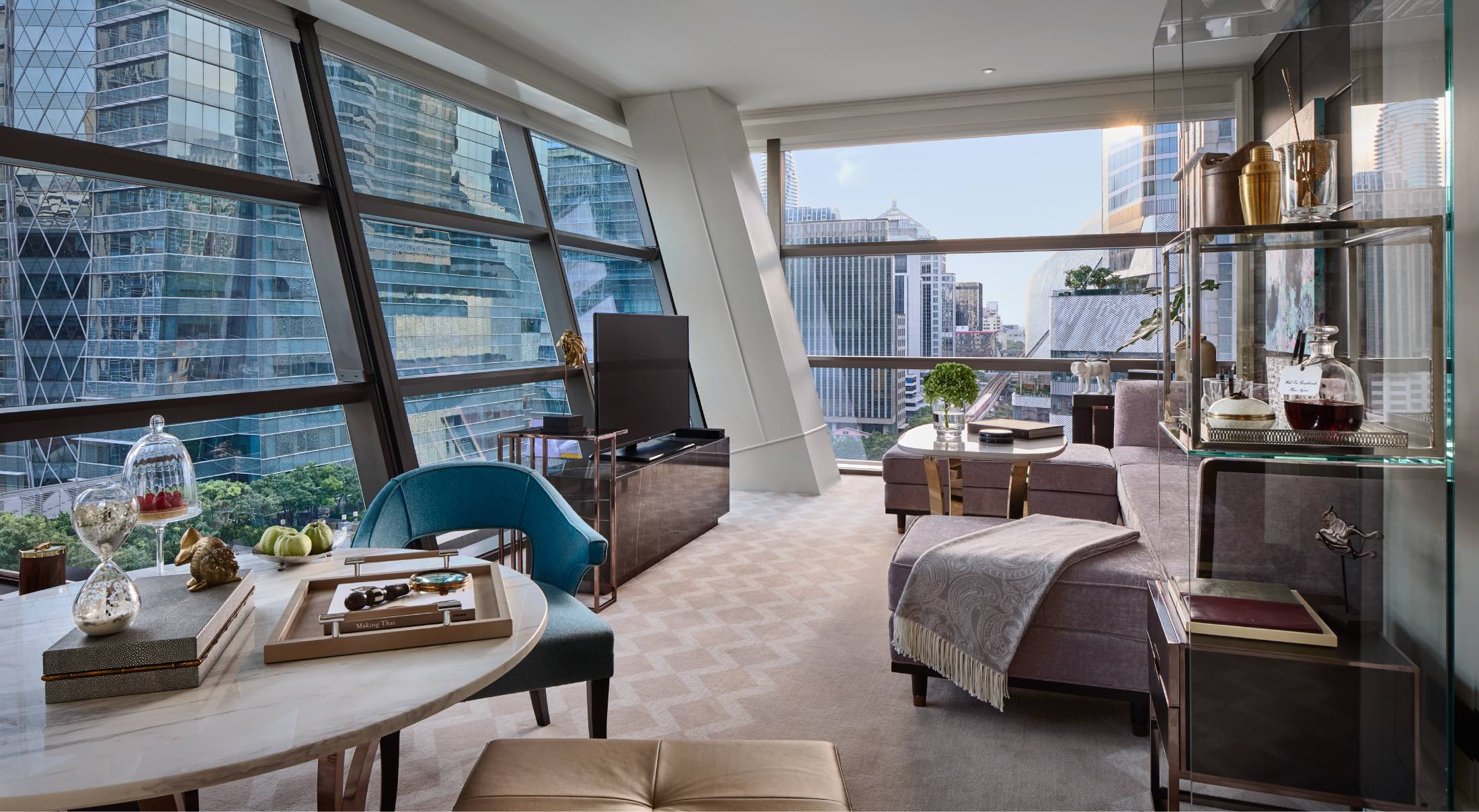
“I focus on evoking relaxation, indulgence and serenity in luxury hotel design,” says Celia Chu, principal designer of Celia Chu Design. “It’s about how people feel when they experience the space.”
Chu’s approach is evident in her interior design work at Rosewood Bangkok. By layering textures and employing a strategic use of lighting, Chu guides guests into a rejuvenating repose. From the intricately carved textures inspired by Thailand’s cave temples to the soft glow that illuminates the lobby’s high ceilings, every element is chosen to evoke a sense of calm and indulgence.
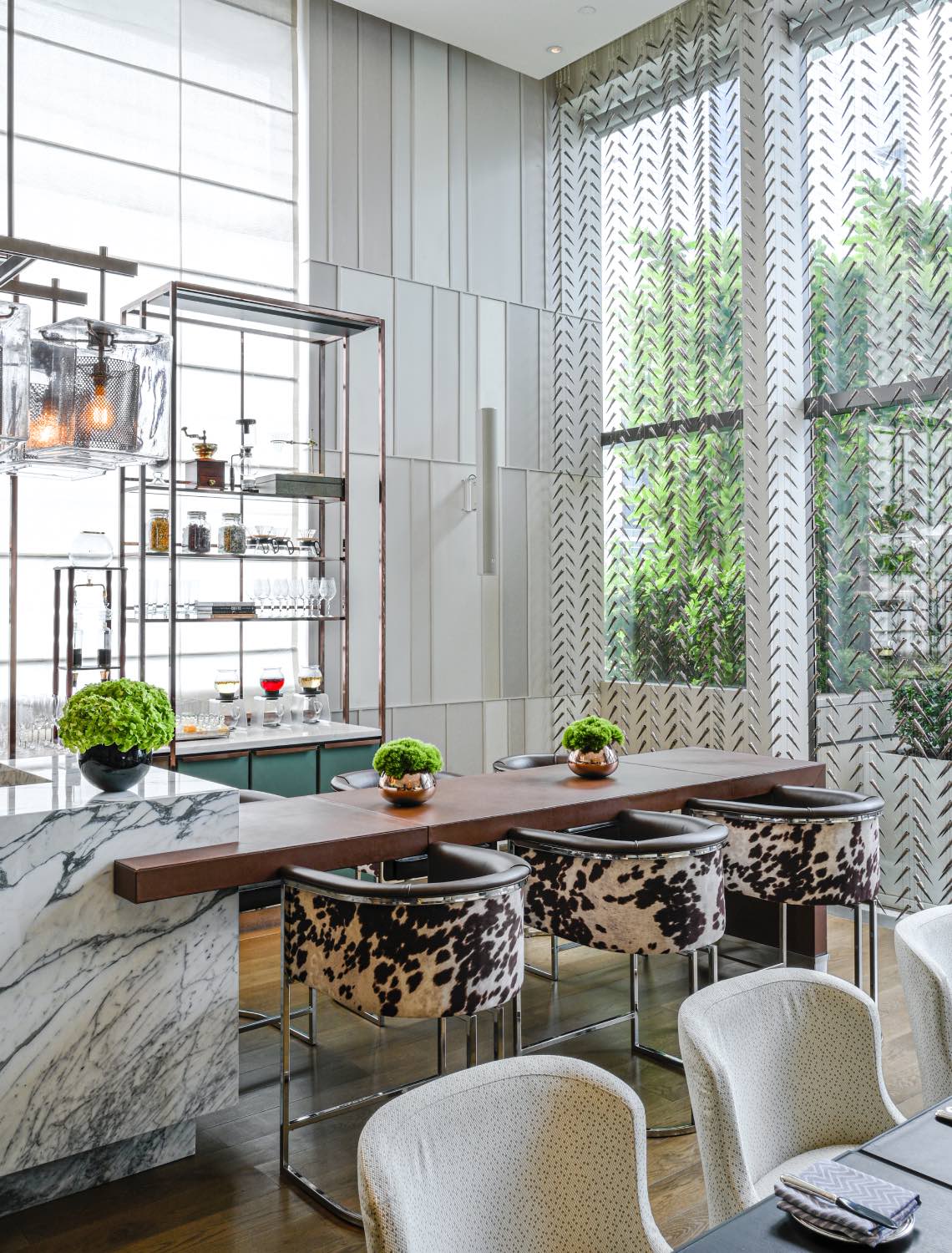
“Lighting plays an integral role in transforming the emotional experience of a space, much like make-up enhances a lady’s appearance.” says Chu. “It helps set the tone and can create emotional transitions to suit different needs, making the space feel more intimate or vibrant depending on the occasion.”
Natural World
With sustainability and wellness continuing to dominate as key travel trends, the demand for abodes that harmonise with nature has never been greater. Travellers often look to beachfront resorts or mountainous escapes to connect with nature.
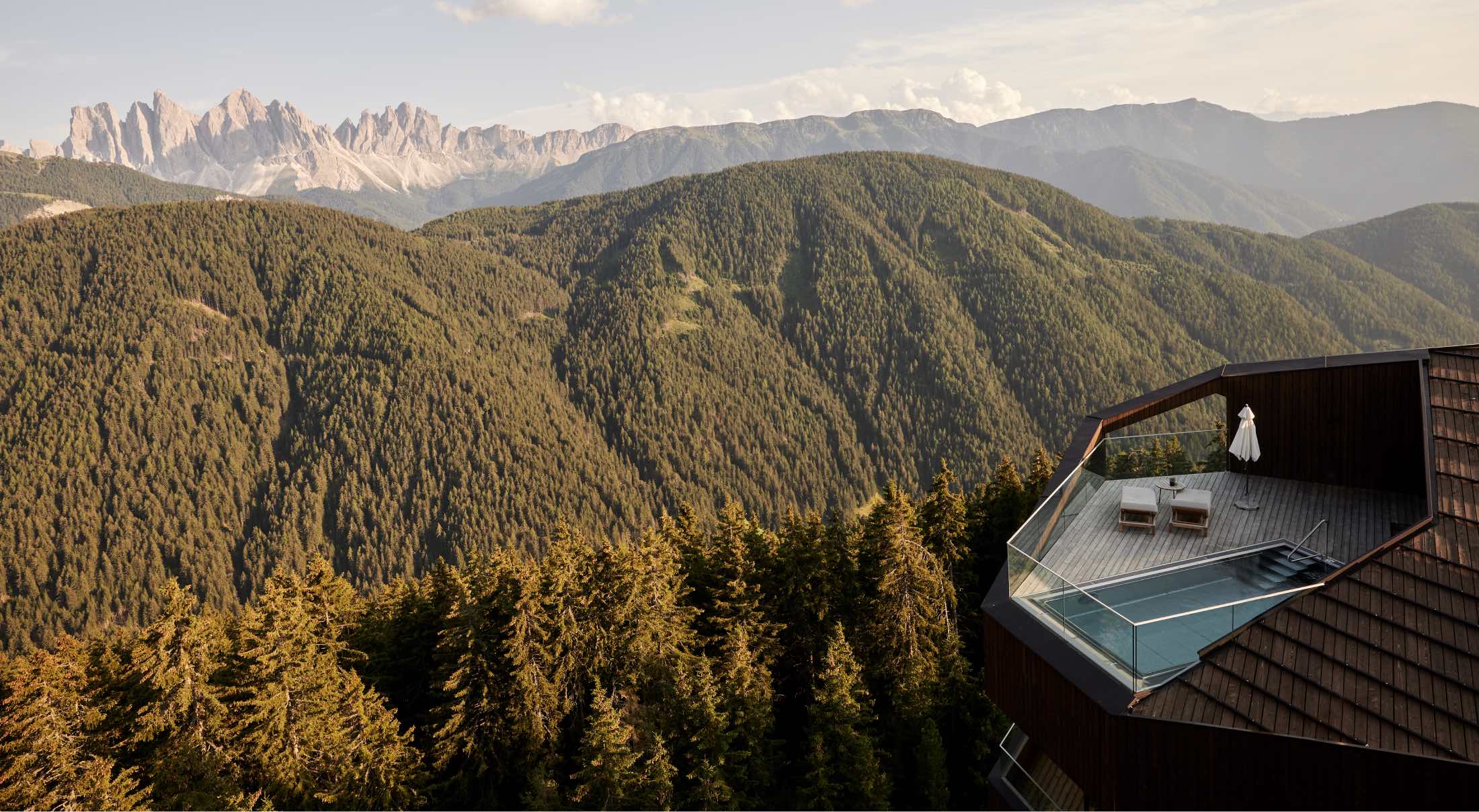
But while many choose their destination based on the beauty of the locations, a resort’s architecture plays a vital role in elevating the destination’s charms. For Armin Sader, the architect behind Forestis Dolomites, the aim is to build structures that seamlessly integrate with nature.
“At Forestis, we excluded any element in the interior space that might detract attention from the external view,” he says. “We opened the rooms to the mountains by installing big windows. The aim is to convey a feeling of having the same view inside the building as that from the outside.”
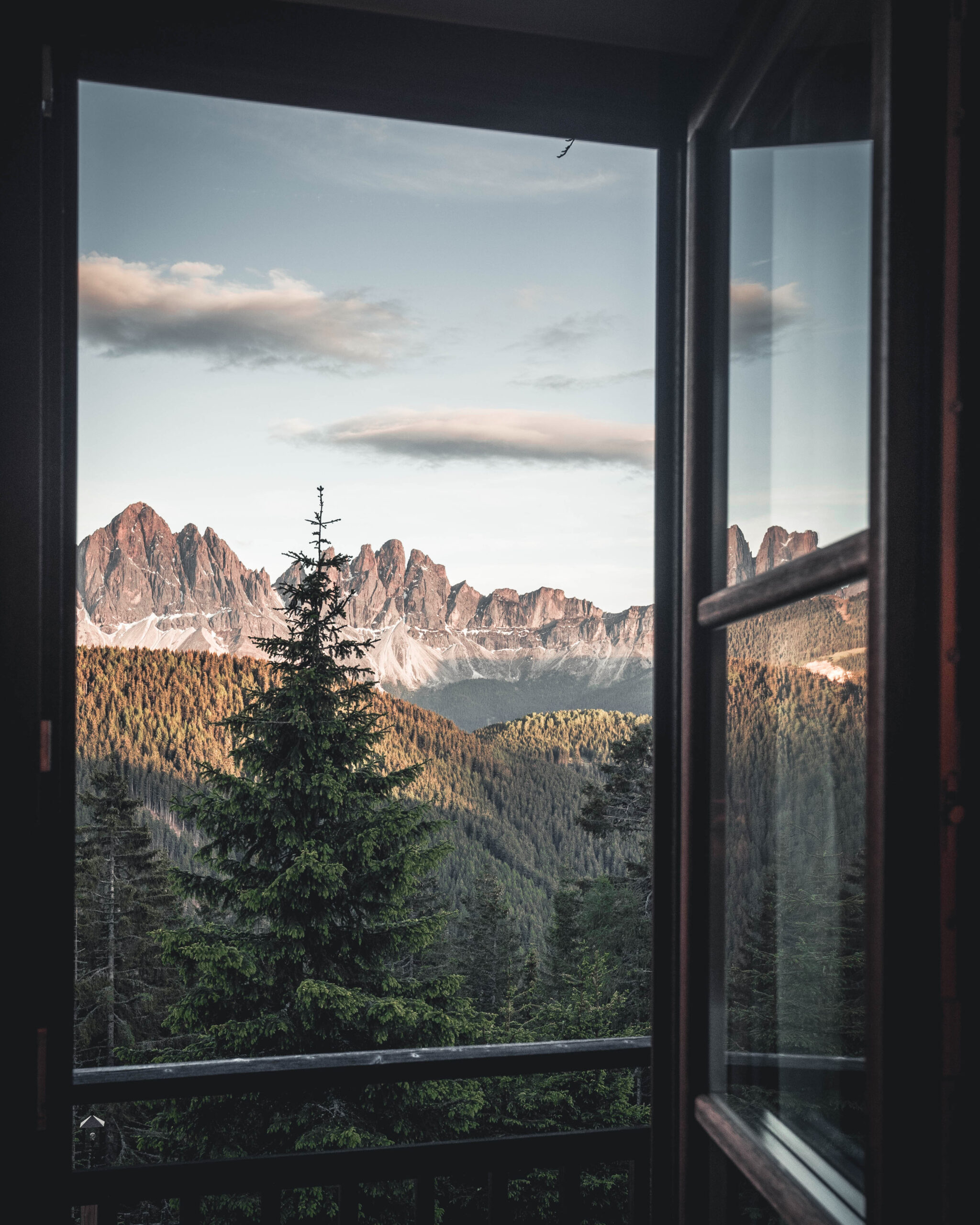
The architecture of the hotel, too, echoes this philosophy. The property’s three towers rise from the forest like organic extensions of the trees, providing a sense of verticality that mimics the landscape’s rugged beauty. Additionally, the use of natural materials such as wood, stone and glass ensures that the building looks and feels as though it were a natural part of the landscape.
“One must understand what the place has to offer,” says Sader, “how the place works and processes materials, and how high-quality materials are given life when created from existing raw materials. Only in that way can one truly create a balance.”
This story first appeared in the November 2024 issue. Purchase it as a print or digital copy, or consider subscribing to us here
